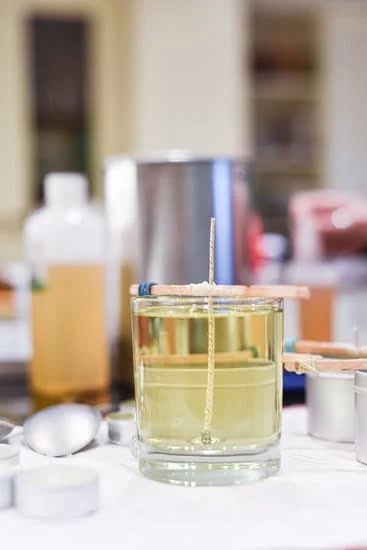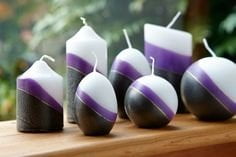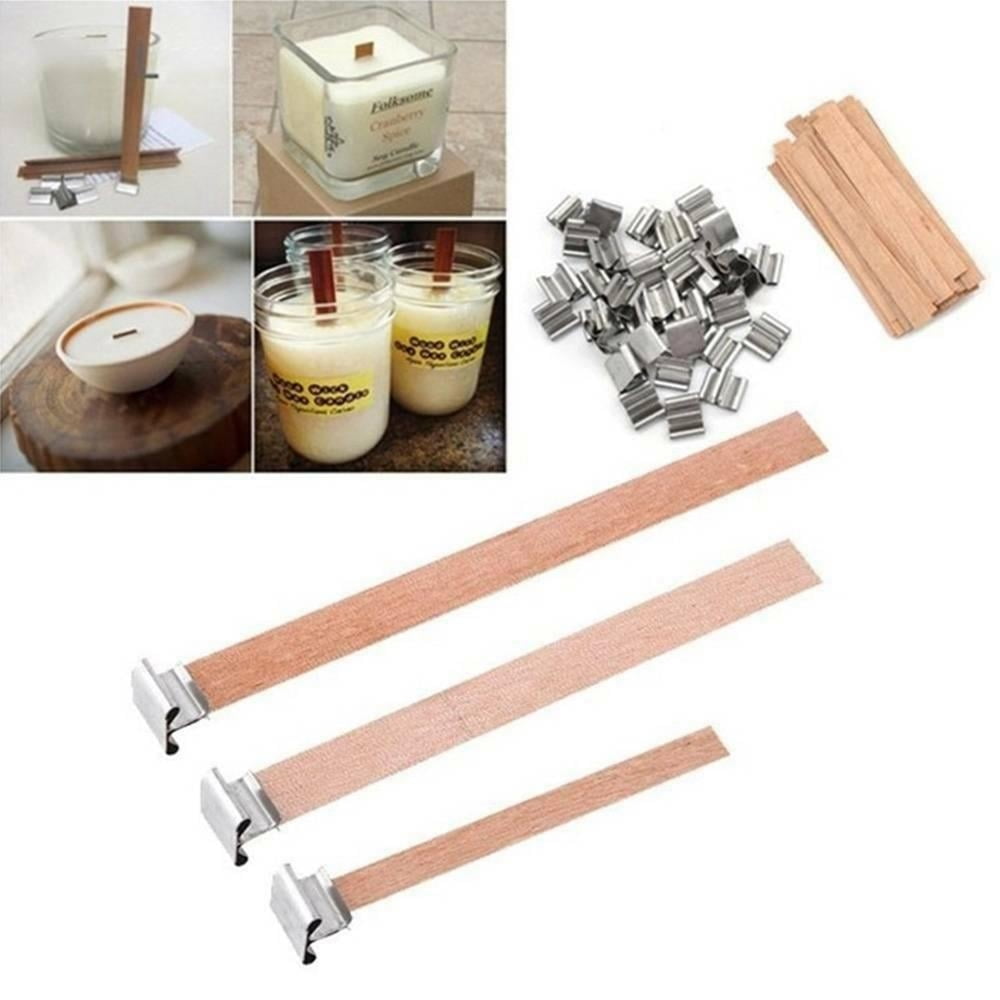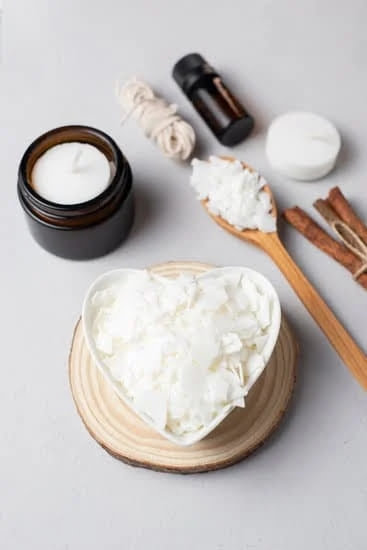Paraffin wax is a popular choice for making candles due to its affordability, easy availability, and excellent burn qualities. When it comes to creating the perfect candle, choosing the right paraffin wax is crucial. In this article, we will explore the best types of paraffin wax for different candle-making needs, and provide tips on how to select the ideal wax for your specific project, including which paraffin wax is best for candle making.
Understanding the different types of paraffin wax available in the market is essential for anyone looking to produce high-quality candles. Factors such as melting point, oil content, and appearance can significantly impact the finished product. By delving into the various types of paraffin waxes and their unique properties, candle makers can make an informed decision when selecting their wax.
When choosing paraffin wax for candle making, there are several factors to consider. These include fragrance retention, color saturation, burn time, and mold release. Each type of paraffin wax offers different advantages and disadvantages in these areas. Understanding these considerations can help candle makers determine which type of paraffin wax will best suit their specific requirements. So let’s dive into the world of paraffin waxes and explore which option may be the best fit for your candle-making endeavors.
Understanding Different Types of Paraffin Wax
Paraffin wax is a popular choice for candle making due to its affordability, easy availability, and ability to hold fragrance and color well. However, not all paraffin waxes are created equal, and it’s important to understand the different types available before deciding which one is best for your candle making needs.
There are several types of paraffin wax commonly used in candle making, each with its own unique characteristics and ideal uses. Some of the most common types include:
- Fully Refined Paraffin Wax: This type of paraffin wax undergoes a thorough refining process to remove impurities, resulting in a clean-burning and high-quality wax.
- Semi-Refined Paraffin Wax: This wax has undergone a less extensive refining process, making it less expensive but also potentially lower in quality.
- Microcrystalline Wax: While not technically a type of paraffin wax, microcrystalline wax is often included in discussions about paraffin waxes due to its similar characteristics. It has a higher melting point and more flexible structure than traditional paraffin waxes.
When choosing the best paraffin wax for your candle making projects, there are several factors to consider. These include:
- Melting Point: The melting point of the wax will determine how well it holds fragrance and color, as well as its burning characteristics.
- Purity: Fully refined paraffin wax is generally considered the best option for candle making due to its lack of impurities.
- Cost: While fully refined paraffin wax may be the highest quality option, it is also typically the most expensive. Consider your budget when choosing which type of wax to use.
By understanding the different types of paraffin waxes available and considering key factors when making your selection, you can ensure that you choose the best option for your specific candle making needs.
Factors to Consider When Choosing Paraffin Wax for Candle Making
When choosing the best paraffin wax for candle making, there are several factors to consider to ensure that you create high-quality candles. One of the most important factors to consider is the melting point of the paraffin wax.
The melting point determines the temperature at which the wax will solidify, and this is crucial for achieving the desired burning characteristics in your candles. It’s important to match the melting point of the paraffin wax with the type of candle you are making.
Another important factor to consider when choosing paraffin wax for candle making is its fragrance retention properties. If you plan on adding fragrances or essential oils to your candles, it’s essential to choose a paraffin wax that has good fragrance retention. This will ensure that your scented candles have a long-lasting and strong aroma when burned.
In addition to melting point and fragrance retention, it’s also important to consider the appearance and texture of the finished candles when selecting paraffin wax. Some types of paraffin wax may produce a smoother and more polished finish, while others may be better suited for creating textured or rustic-looking candles. Considering these factors will help you choose the best type of paraffin wax for your specific candle making needs.
Benefits of Using Paraffin Wax for Candle Making
Paraffin wax is a popular choice for candle making due to its numerous benefits. It is important to understand the advantages of using paraffin wax before deciding which type is best for your candle making needs.
Some of the benefits of using paraffin wax for candle making include:
- Cost-effectiveness: Paraffin wax is an affordable option for candle makers, making it ideal for those who are just starting out or creating candles in large quantities.
- Easy to work with: Paraffin wax has a low melting point, which makes it easy to handle and pour into candle molds or containers. This makes it a great choice for beginners or those looking for a hassle-free candle making process.
- Excellent scent throw: Paraffin wax has excellent scent retention and throw, meaning that it can hold and release fragrance oils effectively, resulting in aromatic and long-lasting candles.
When considering which paraffin wax is best for candle making, these benefits should be taken into account as they play a significant role in the overall quality and performance of the finished product. The specific type of paraffin wax used will depend on the type of candles being made and personal preferences.
The Best Paraffin Wax for Container Candles
When it comes to making container candles, choosing the right type of paraffin wax is crucial for achieving the best results. There are several options available on the market, each with its own unique characteristics and benefits. Understanding the different types of paraffin wax and their suitability for container candles will help you make an informed decision for your candle making needs.
Fully Refined Paraffin Wax
Fully refined paraffin wax is an excellent choice for container candles due to its ability to hold a high fragrance load and vibrant colors. It has a higher melt point than other types of paraffin wax, which makes it suitable for warmer climates where candles are more likely to be exposed to heat.
Blended Paraffin Wax
Blended paraffin wax, which combines fully refined and semi-refined paraffin, is another popular option for container candles. This type of wax offers a good balance between fragrance retention, color quality, and burn time, making it a versatile choice for candle makers.
Soy-Blended Paraffin Wax
For those looking for a more sustainable option, soy-blended paraffin wax can be an ideal choice for container candles. This type of wax combines the benefits of soy wax with paraffin wax, resulting in improved hot throw and excellent scent diffusion in container candles.
Ultimately, the best paraffin wax for container candles will depend on your specific preferences and needs as a candle maker. Consider factors such as fragrance retention, color quality, burn time, and sustainability when choosing the right type of paraffin wax for your candle making projects.
The Best Paraffin Wax for Pillar Candles
Paraffin wax is a popular choice for pillar candle making due to its attractive finish, long burn time, and excellent scent throw. When it comes to choosing the best paraffin wax for pillar candles, there are several factors to consider. One of the most important factors is the melting point of the wax. For pillar candles, it is crucial to use a paraffin wax with a high melting point in order to achieve a sturdy and long-lasting candle.
Another consideration when choosing paraffin wax for pillar candles is the amount of oil retention. Pillar candles often require a higher fragrance load compared to other types of candles which means that the chosen paraffin wax should have good oil retention properties. This will ensure that the candle emits a strong and pleasant aroma when lit.
In addition to melting point and oil retention, the appearance of the finished candle is also an important factor which can be influenced by the type of paraffin wax used. To create smooth and glossy pillar candles, it’s best to select a refined paraffin wax which has been specially processed for this purpose.
| Paraffin Wax Type | Melting Point | Oil Retention |
|---|---|---|
| Refined Paraffin Wax | Higher | Good |
| Unrefined Paraffin Wax | Lower | Poor |
The Best Paraffin Wax for Votive Candles
When it comes to making votive candles, choosing the right paraffin wax is essential to ensure a quality finished product. There are several factors to consider when selecting the best paraffin wax for votive candles, including melting point, scent throw, and texture. In this section, we will discuss the characteristics to look for in paraffin wax for votive candles and provide some recommendations for the best options available on the market.
Characteristics to Consider
When choosing the best paraffin wax for votive candles, it’s important to consider the melting point of the wax. Votive candles are typically smaller than other types of candles, so a lower melting point wax is preferred to ensure even burning without causing the candle to collapse. Additionally, fragrance retention and scent throw are crucial factors to consider for votive candles, as these types of candles are often used for aromatherapy or ambiance purposes.
Recommended Paraffin Waxes
One highly recommended option for making votive candles is Container Blend Wax, which is specifically designed for container and votive candles. This type of paraffin wax has a low melting point and excellent fragrance retention, making it perfect for creating long-lasting and fragrant votive candles. Another popular choice is Pillar Blend Wax, which offers a good balance of hardness and texture, ideal for creating sturdy votive candles that hold their shape.
Tips for Using Paraffin Wax for Votive Candles
When working with paraffin wax for votive candles, it’s important to use a reliable thermometer to monitor the temperature during the melting process. Overheating can cause problems such as color fading and poor fragrance retention. It’s also beneficial to use high-quality fragrances specifically formulated for candle making to ensure optimal scent throw in your finished votive candles.
Tips for Using Paraffin Wax for Candle Making
Paraffin wax is a popular choice for candle making due to its affordability, ease of use, and ability to hold color and fragrance well. However, choosing the right type of paraffin wax for your specific candle making needs is crucial in achieving the desired results.
When it comes to using paraffin wax for candle making, one of the first tips to keep in mind is to select the appropriate melting point based on the type of candles you plan to create. For container candles, a lower melting point paraffin wax is ideal as it allows for a smooth and even burn.
On the other hand, pillar candles require a higher melting point paraffin wax in order to ensure that they maintain their shape and structure during burning. Votive candles fall somewhere in between, so it’s important to choose a paraffin wax with a moderate melting point for this type of candle.
Another important tip for using paraffin wax for candle making is to pay attention to the additives included in the wax. Some types of paraffin wax come pre-blended with additives such as stearic acid or vybar which can enhance fragrance retention and provide better mold release. It’s essential to consider these additives when selecting paraffin wax, especially if you have specific requirements for scent throw and candle appearance.
Lastly, proper handling and storage of paraffin wax are crucial when using it for candle making. Keep the wax away from direct sunlight or heat sources as exposure to high temperatures can affect its quality. Additionally, make sure to follow safety guidelines when melting and pouring the wax to prevent any accidents or injuries during the candle making process.
| Tips for Using Paraffin Wax | For Candle Making |
|---|---|
| Choose appropriate melting point | Selecting melting points based on candle types is crucial. |
| Pay attention to additives | Consider pre-blended additives that enhance fragrance retention. |
| Proper handling and storage | Keep away from heat sources; follow safety guidelines during pouring. |
Conclusion
In conclusion, choosing the right paraffin wax for your candle making needs is essential for achieving the desired results in your candle creations. Understanding the different types of paraffin wax available, such as fully refined, semi-refined, and blended waxes, is crucial in determining which one will best suit your specific candle making requirements.
Factors to consider when making this decision include the type of candles you intend to make, the fragrance load you plan to use, and whether you want a smooth or textured finish on your candles.
When selecting paraffin wax for container candles, it is important to choose a wax with a low melting point and good scent throw. For pillar candles, a harder and higher melting point wax is ideal for providing structural support to the candle. Votive candles benefit from a paraffin wax that has a medium melting point and can hold a high fragrance load without causing seepage or distortion.
In essence, the best paraffin wax for candle making will depend on various factors specific to your individual needs and preferences. By considering these factors and knowing what qualities to look for in each type of paraffin wax, you can make an informed decision that will result in beautiful and high-quality candles worthy of being enjoyed by yourself or gifted to others.
Frequently Asked Questions
What Type of Paraffin Is Used in Candles?
The type of paraffin commonly used in candles is known as fully refined paraffin wax. This particular type of paraffin has been purified and undergone a refining process to remove impurities and any unwanted compounds, making it ideal for candle making.
What Is the Best Wax to Use for Candle Making?
The best wax to use for candle making ultimately depends on the specific requirements of the candles being produced. However, soy wax is often considered a popular choice due to its natural origins, clean burn, and ability to hold fragrance well. Beeswax is another favored option for its natural scent and long burn time.
Are There Different Grades of Paraffin Wax?
Yes, there are different grades of paraffin wax available. These grades are typically categorized based on their melting point, oil content, and color. Some common grades include fully refined paraffin wax, semi-refined paraffin wax, and slack wax, each with its own unique characteristics suited for different applications within the candle making industry.

Welcome to my candle making blog! In this blog, I will be sharing my tips and tricks for making candles. I will also be sharing some of my favorite recipes.





